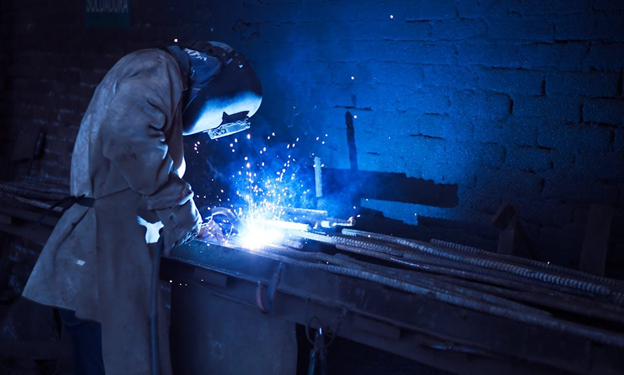6 Solutions to Achieve Flawless Welds

Welding issues like porosity, cracking, and distortion are more than just minor hiccups; they can severely impact the outcome of a project. Porosity, or the presence of gas pockets within the weld, weakens the bond and can lead to structural failures.
Cracking, often a result of rapid cooling or improper technique, can compromise the entire welded structure. Distortion, caused by uneven heating and cooling, can lead to misaligned parts and an aesthetically unpleasing finish.
These problems lead to increased costs, project delays, and sometimes, complete reworks. Like these, welders often encounter various problems that can compromise the quality of their work. Fortunately, with the right solutions, achieving impeccable welds is within reach.
Use the Right Equipment
One of the most effective ways to ensure flawless welds is by using the right equipment. Modern welding technology has come a long way, and investing in high-quality gear can make a significant difference.
For instance, the pancake hood, a specialized welding helmet designed for pipe welding, offers excellent protection and visibility. Its unique design helps reduce glare and provides a clear view of the welding area, allowing for more precise work.
Proper Material Preparation
Cleanliness is key. Contaminants such as rust, oil, and dirt can introduce impurities into the weld, leading to defects.
Using wire brushes, grinders, and chemical cleaners to thoroughly clean the surfaces can help prevent these issues. Additionally, ensuring proper edge preparation, such as beveling or chamfering, can facilitate better weld penetration and bonding.
Learn Welding Techniques
Even with the best equipment and well-prepared materials, the technique is the linchpin of flawless welding. Different welding methods, such as TIG, MIG, and Stick, each have their own set of best practices.
For instance, maintaining the correct angle, speed, and arc length is vital for achieving smooth, even welds. Practicing these techniques regularly and seeking continuous improvement can help welders hone their skills.
Control Heat and Distortion
Managing heat input is essential to prevent issues like warping and distortion. Using techniques like backstepping, where the weld is made in short sections in reverse order, can help distribute heat more evenly.
Another method is using heat sinks, which are materials placed around the weld area to absorb excess heat and reduce the risk of distortion. Preheating the metal before welding and allowing it to cool gradually can also help control thermal expansion and contraction, leading to more stable and accurate welds.
Ensure Proper Ventilation
Proper ventilation is often overlooked but is crucial for achieving high-quality welds. Welding produces fumes and gases that can contaminate the weld area and introduce defects. Ensuring adequate airflow and using fume extractors can help maintain a clean working environment.
Additionally, good ventilation protects the welder’s health by reducing exposure to harmful substances. A well-ventilated workspace improves the quality of the welds and contributes to a safer and more comfortable working environment.
Continuous Learning and Certification
Staying updated with industry advancements through continuous learning and certification can significantly impact the quality of welds.
Enrolling in advanced welding courses, attending workshops, and obtaining certifications from recognized bodies like the American Welding Society (AWS) can provide valuable insights and skills.






